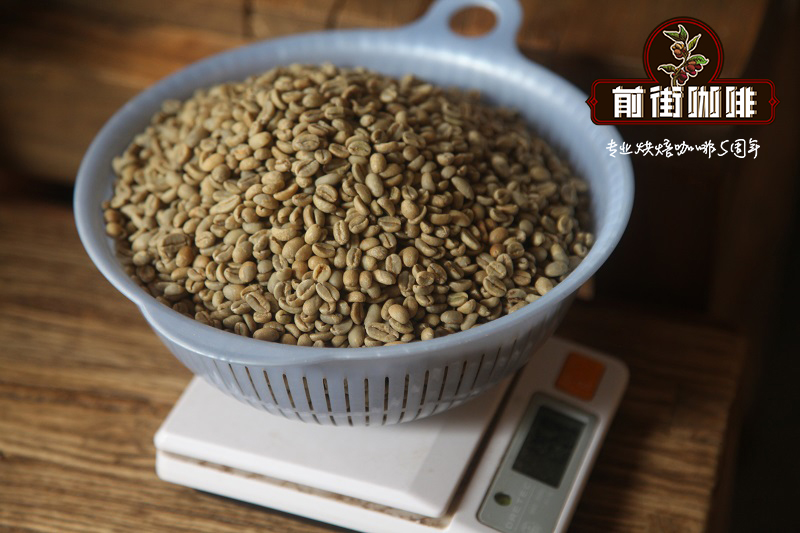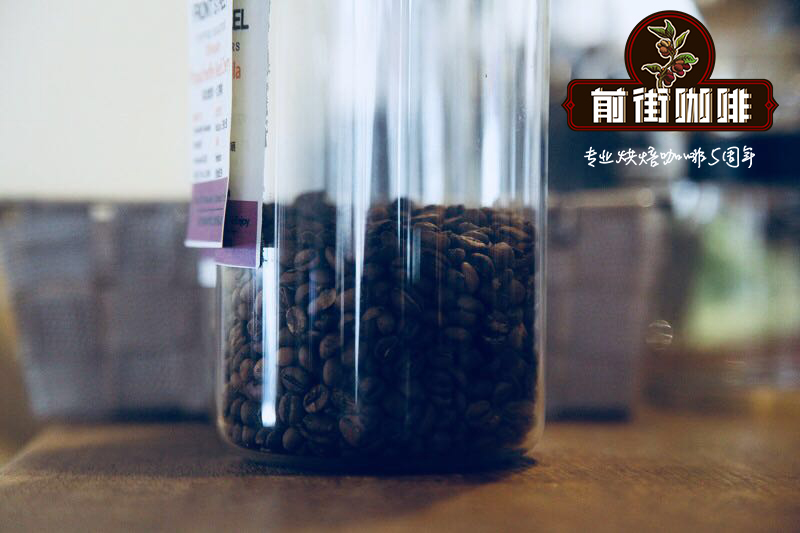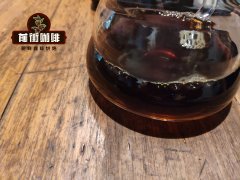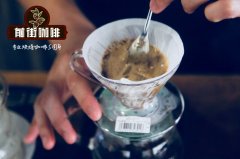How about Essenan Thurber G1 Coffee and Yega Sheffield? Is Nensebo coffee sweet?

Ethiopian Sun Nansabo G1 Berry
Ethiopia Coffee Lamp Series Nensebo Queen Berry Natural G1
Flavor description:
Grind out full of lime fragrance, accompanied by pineapple, passion delicate and juicy taste, bring out strawberry, blueberry fudge sweet, tail rhyme to give you a slight aroma of tropical fruit.
Production area Guji Nensebo Keble
Grade G1
Treatment method Natural Process sun treatment
Altitude 1900M-2000M
Variety Heirloom

Nansebo is a small area of Oromiari in Ethiopia, where valleys account for 70 per cent of the area, while the rest are drylands and plateaus, with only 4.6 per cent of natural drinking water. Coffee is an important commercial crop, with a planting area of more than 5,000 hectares. The total output in a year is about ten containers, five containers washed and five containers in the sun. Usually a batch is about 150 bags of shell beans, equivalent to 100 bags of raw coffee beans. About 800 small farmers transport small quantities of coffee and cherries to the Gora Kone Washing Station every day. Usually each coffee farmer owns less than one hectare of farmland, most of which are grown organically, mostly using organic compost. A coffee tree produces no more than two hundred grams of raw coffee beans, and farmers usually have less than 1500 coffee trees per hectare.
Collect coffee cherries from different farmers around. Before actually entering production, farmers will first divide the hand-picked coffee fruits into mature and immature ones by manpower. After the pulp is removed by Agarde pulp removal machine, the pulp is graded through density. Then the shell beans will be fermented in water for about 24-48 hours, depending on the weather conditions. Through the flow of water through the channel, different densities of shelled beans will be distinguished again. Soak in clean water for about 12-24 hours before moving to the drying table. The beans will dry in the shade first. Then, depending on the weather, the African scaffolding will be exposed to sunlight for 10-12 days to dry. Coffee beans are covered with a black net at noon and at night.
Important Notice :
前街咖啡 FrontStreet Coffee has moved to new addredd:
FrontStreet Coffee Address: 315,Donghua East Road,GuangZhou
Tel:020 38364473
- Prev

Description of Pacas Flavor in Jinsong Manor, Honduras
Honduras San Vincent processing plant Jinsong Manor Parkas sun Honduras Santa Barbara SV Edgardo Tinoco Pacas Natural flavor description: raisins, citrus, honey, syrup-like taste, clean and succulent St. Vincent processing plant is located in the small town of Pena Blanca in the northern Santa Barbara district (Santa Barbara) of Lake Yojoa in western Honduras.
- Next

Flavor characteristics of Costa Rican Puttalas Coffee Flavor difference between Solar and Honey treatment
Costa Rica Arabica Coffee Bean Costa Rica Alabica coffee beans Origin: Puente Taras Costa Rica Puttalas Costa Rica Manor: Mega Mill Coffee refinery farm seed: Arabica Coffee Bean Variety: Typica Tibica refined treatment: natural Solar treatment (High tanning bed) Grade: SHB EP AAA
Related
- Detailed explanation of Jadeite planting Land in Panamanian Jadeite Manor introduction to the grading system of Jadeite competitive bidding, Red bid, Green bid and Rose Summer
- Story of Coffee planting in Brenka region of Costa Rica Stonehenge Manor anaerobic heavy honey treatment of flavor mouth
- What's on the barrel of Blue Mountain Coffee beans?
- Can American coffee also pull flowers? How to use hot American style to pull out a good-looking pattern?
- Can you make a cold extract with coffee beans? What is the right proportion for cold-extracted coffee formula?
- Indonesian PWN Gold Mandrine Coffee Origin Features Flavor How to Chong? Mandolin coffee is American.
- A brief introduction to the flavor characteristics of Brazilian yellow bourbon coffee beans
- What is the effect of different water quality on the flavor of cold-extracted coffee? What kind of water is best for brewing coffee?
- Why do you think of Rose Summer whenever you mention Panamanian coffee?
- Introduction to the characteristics of authentic blue mountain coffee bean producing areas? What is the CIB Coffee Authority in Jamaica?

